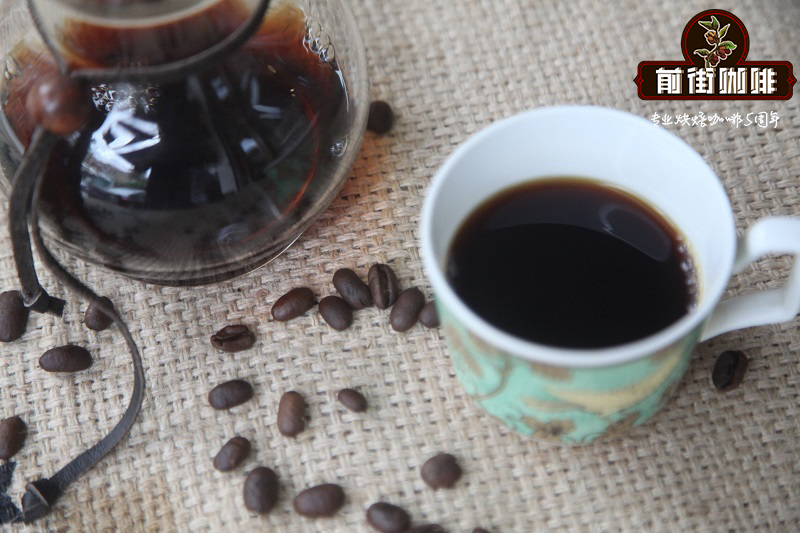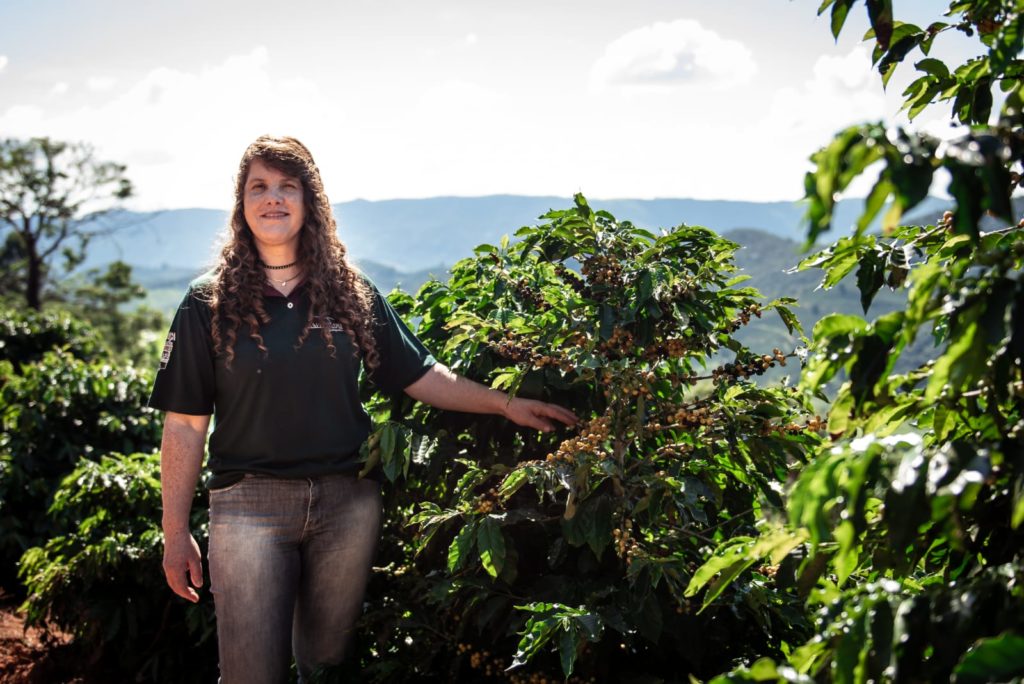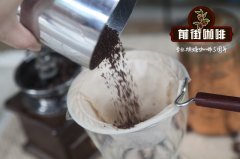Brazil Miki Manor late season honey treatment Kaduai flavor how? Introduction of Brazilian non-traditional Coffee

Origin: 🇧🇷 Brazil, Brazil
Producing area: ESP í rito Santo San Isprito State
Farm: s í tio Tr ê s Barras Miki Manor
Producer: Horacio
Altitude: 1100m~1200m
Production season: 2019 / 2020
Variety: Catuca í Kaduai
Raw bean treatment: Honey honey treatment
Flavor:
The ground coffee has pleasant floral and berry aromas, with the bright acidity of blackberries and California plums, with red wine-like tannins and a lingering finish.
The Mantiqueira de Minas area, located on the north side of the Serra da Mantiqueira Mountains in the south of Minas Gerais, is divided by 25 municipalities directly under the Central Government. It is officially recognized as a mark of origin because of its tradition and global reputation for producing coffee with unique sensory characteristics.
Most of the producers in the area are small farmers who run family farms, and the area is different because of its unique topography and the soil caused by the cup. The coffee from Mantiqueira de Minas reflects the dedication of the place itself and its producers. Mantiqueira has more than 8200 producers, 82 per cent of whom are small farmers, and 56000 hectares of mountains grow coffee. Most of the harvesting is still done manually, and this and other practices can keep the cultural heritage of the areas where coffee is grown alive while pursuing new flavors.
This coffee comes from Brazil's late harvest area Capalao, which is located on the border of Minas and Esp í rito Santo, with long mountains and at the foot of Capalao National Park. Compared to other producing areas, Capalao at an altitude of 1100 to 1600m is a rare high-altitude environment in Brazil. The unique microclimate has created a unique Brazilian flavor, as most of the harvest time in the area is from August to October, and some even extend to December, so these late harvested coffee often fail to catch up with Brazil's excellent cup COE selection, and miss the opportunity to be recognized by the world.
The landowner only picks ripe red coffee cherries, peels off the peel and retains as much flesh as possible, then puts the coffee fruit in a continuous air-drying box for 24 hours, so that the coffee beans can be dried quickly and retain more sugar, reducing the loss of flavor. Finally, it is placed on an African tanning bed for drying.

Important Notice :
前街咖啡 FrontStreet Coffee has moved to new addredd:
FrontStreet Coffee Address: 315,Donghua East Road,GuangZhou
Tel:020 38364473
- Prev

Is Bolivian boutique coffee beans cost-effective? Introduction of Super Flavor of PB Round Bean washed by Caranavi
Bolivia's Caranavi washed round beans are single-origin premium coffee beans from the Sol de laMaana program in the Caranavi region of Bolivia. The coffee is washed and roasted at a medium level. Rich body and citrus acidity. Aromas of sugarcane, litchi, red cherry and toffee and peach. This very special peaberry micro batch is from Sol de l.
- Next

How to deal with artificial decaf coffee? What is the relationship between decaf and decaf?
Coffee is delicious, but don't drink too much. It means that coffee contains caffeine, and proper caffeine can refresh and relieve fatigue. Excessive caffeine can lead to poisoning. As a result, decaf has also appeared on the market to satisfy the taste buds of coffee lovers. What is decaf? In general, the weight ratio is used to measure the caffeine content of coffee beans. Arabica coffee
Related
- Detailed explanation of Jadeite planting Land in Panamanian Jadeite Manor introduction to the grading system of Jadeite competitive bidding, Red bid, Green bid and Rose Summer
- Story of Coffee planting in Brenka region of Costa Rica Stonehenge Manor anaerobic heavy honey treatment of flavor mouth
- What's on the barrel of Blue Mountain Coffee beans?
- Can American coffee also pull flowers? How to use hot American style to pull out a good-looking pattern?
- Can you make a cold extract with coffee beans? What is the right proportion for cold-extracted coffee formula?
- Indonesian PWN Gold Mandrine Coffee Origin Features Flavor How to Chong? Mandolin coffee is American.
- A brief introduction to the flavor characteristics of Brazilian yellow bourbon coffee beans
- What is the effect of different water quality on the flavor of cold-extracted coffee? What kind of water is best for brewing coffee?
- Why do you think of Rose Summer whenever you mention Panamanian coffee?
- Introduction to the characteristics of authentic blue mountain coffee bean producing areas? What is the CIB Coffee Authority in Jamaica?

